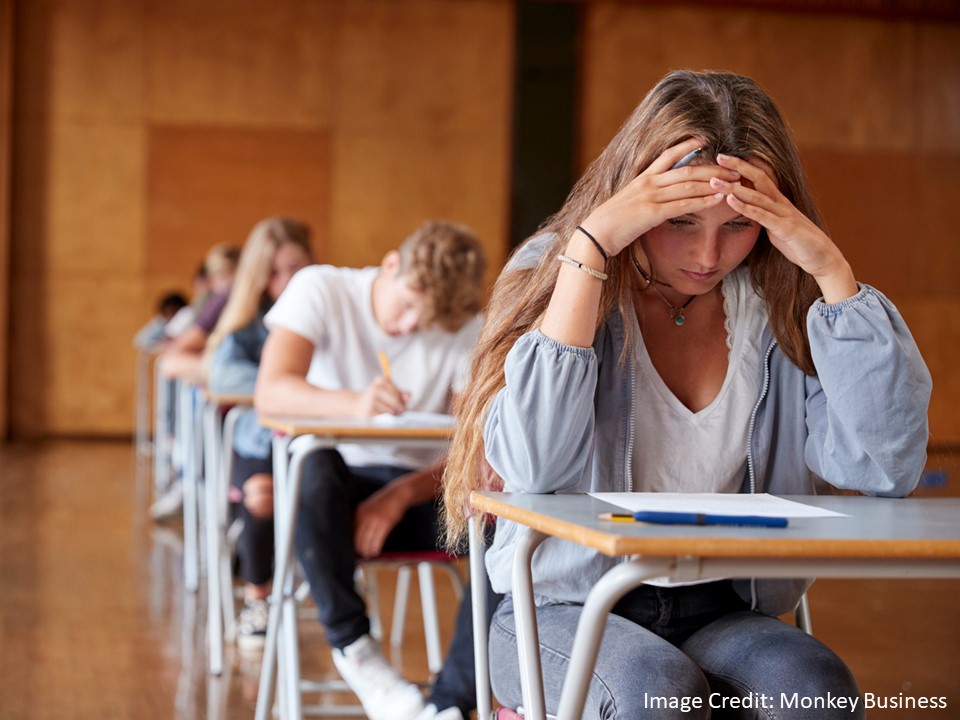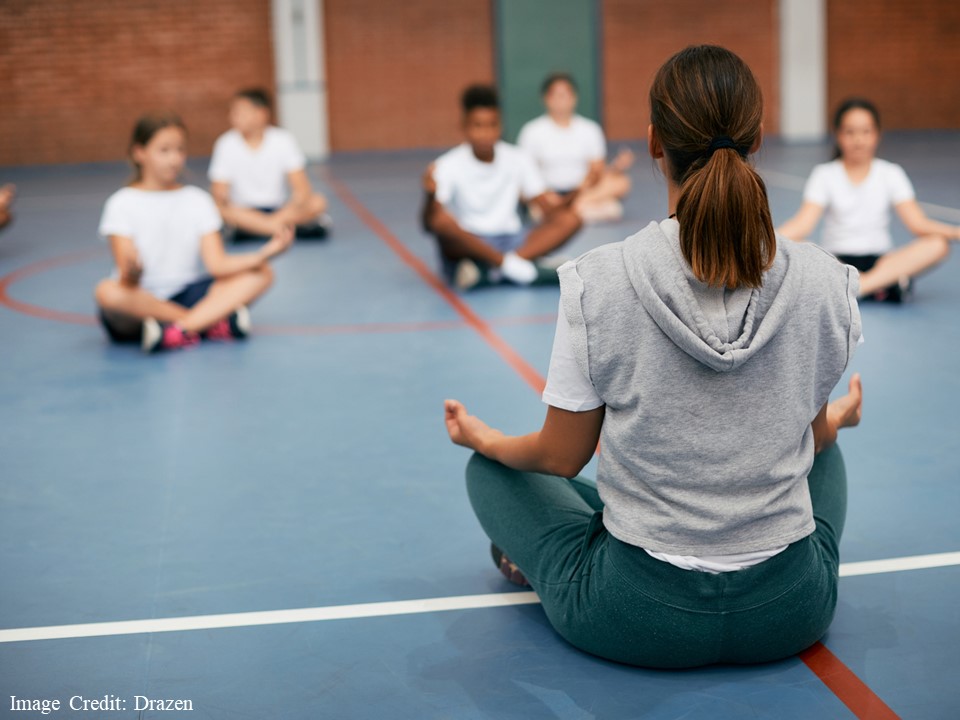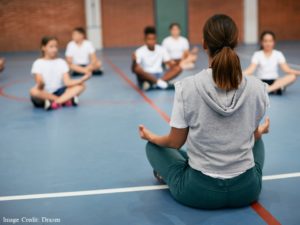As we put our lesson plans together, we teachers want to know: are some minutes more valuable than others?
That is:
Do students remember most at the 10-minute mark of the lesson, because they’re mentally revved up?
Or, perhaps they remember most from the final five minutes, because the whole class has led to this grand conclusion.
Or, perhaps some other time slot generates the most learning, because psychology reasons.
What does the research tell us?
Start Here
I occasionally see teaching advice that seeks to answer this question. That advice typically begins with a fascinating research pool.
Here’s the story.
Researchers present students with — say — a list of 15 words. After distraction, how many words do students remember? And, can we predict which ones?
Several studies suggest a consistent answer.
Students tend to remember words from the beginning of the list. Researchers call that the “primacy” effect.
And, they remember words from the end of the list. That result gets the moniker “recency effect.”
Going all the way back to 1962, this primacy/recency effect has a lot of research behind it. (For a more recent study, click here.)
Lab to Classroom
So, how should teachers plan our lessons based on this particular finding?
Let’s imagine that I tell my students a list of 8 instructions. Because of the primacy/recency effect, I suspect they’ll remember the early and late instructionst better than the ones in the middle. (Hint: maybe I should write down a long list of instructions…)
But: what does this effect tell us about the most valuable teaching time during a class period as a whole?
From time to time, scholars who translate psychology research for classroom teachers make this argument:
The primacy/recency effect suggests that the first several minutes of class, and the final several minutes of class, have the greatest effect on learning.
That is: For the same reason that students remember the first and last instruction from my list of 8, they’ll learn the most during the first and last minutes of class.
Voila: a research-based answer to the question.
I confess, however, that I myself have doubts.
The argument says, in effect:
Rules governing mental processes for 60-120 seconds also govern mental processes for 45-80 minutes.
Honestly, I’m just not sure that’s plausible. My doubts spring from two sources.
Doubts, and More Doubts
In the first place, I doubt this advice because it extrapolates so far beyond the initial research conditions.
If research tells me something about — say — college students, that conclusion might also apply to 1st graders. But it might not. 1st graders aren’t college students.
If research tells me something about adolescents in Iceland, that conclusion might apply to teens in Brazil. But it might not. Icelandic culture differs from Brazilian culture.
And, if research tells me about mental functions over one minute, that conclusion might apply to 20 minutes. (Or 45, or 80.) But IT MIGHT NOT. One minute isn’t twenty.
Long-time readers know I always focus on “boundary conditions.” From my perspective, this advice goes WAY beyond the boundaries of the initial research.
By the way: I’ve asked SEVERAL wise people if they know of primacy/recency research that goes beyond a minute or two. So far, the answer is “no.”
The second reason I doubt this advice because of the specific mental functions involved.
As far as I can tell, researchers explain the primacy/recency effect by talking about short-term memory and working memory.
Both of these mental faculties describe very short-term mental functions. In my grad-school classes, our profs typically said that working memory holds information somewhere between 5 and 30 seconds.
If, in fact, the primacy/recency effect results from short-term and working memory functions, then those findings almost certainly won’t apply to mental processes that take 30+ minutes.
Like, say, our classes.
Just Answer the Question
If this advice doesn’t hold, what can research tell us about the “most important five minutes in class”?
I’ve got two answers.
Answer #1:
I’ve asked lots of people if they have a resaerch-informed answer to this question. So far, no one has a strong “yes.” But, If I hear of one, I’ll pass it along.
And, btw, a friend has answered “we really have to research that question!” So, I’ll let you know if/when his results come through.
Answer #2:
Long-time readers know my mantra: “don’t just do this thing; instead, think this way.”
In this case, I don’t think we can plausibly identify any one time slot that consistently generates the most learning.
Instead, we want to use core ideas from cognitive science to structure lesson plans effectively.
Use retriveal practice.
Beware working-memory overload.
Foster attention.
Activate prior knowledge.
And so forth.
If we follow this approach, every minute will build ultimately — and more-or-less equally — toward students’ learning.
Castel, A. D. (2008). Metacognition and learning about primacy and recency effects in free recall: The utilization of intrinsic and extrinsic cues when making judgments of learning. Memory & Cognition, 36(2), 429-437.





















